The Leica CL, along with its contemporary cousin the Leica M5, comes from a time in Leica’s history that seems to have been a little rocky to say the least. Yet whilst Leica suffered in the day, the M5 and CL both now have their respective cult followings. I really enjoyed shooting the Leica M5, but ultimately it wasn’t the right camera for me. On the other hand, the Leica CL – or at least my CL – has me suckered. It’s not a camera I use a lot, but it’s also not a camera I feel I could easily part with… And that’s despite it having what I see as a fair few pretty significant flaws and fairly sound reasons not to like it!
A brief history
The Leica CL is an unusual camera for a Leica, mainly because it isn’t a pure bread Leica – in fact it wasn’t even actually made by Leica. The CL is a cross breed, it’s a product of collaboration between German camera manufacturer Leica, and Japanese manufacturer Minolta. The Germans helped design it, but the Japanese made it. As such, there are a few versions of the CL: the Leica CL, the Leitz-Minolta CL and the Minolta CL. There’s more about these variants on CameraQuest, but the gist is – but for the badge – they are all the same camera.
What’s also talked about in the CameraQuest article is the Leica CL’s success. Something like 85,000 of these cameras were made in their various incarnations through the mid 70’s, yet after only a few years Leica – who sold some 65,000 with their name on it – withdrew it from the market. What’s unclear is why. It’s seems to be often said that it was damaging sales of the bigger and more expensive Leica M5 and that whilst it was a success as a camera, because of the relationship with Minolta, it didn’t make Leica enough cash. I’ve no idea how true any of this is, but one way or another by the end of the 70’s Leica had sacked both it and the M5 off, moved their manufacturing to Canada and with the M4-2 reverted to building cameras themselves in the image of what had come before.
As such – along side the M5 – the Leica CL juts out of the side of the historical line of Leica M mount cameras. Unlike the M5 though – which just feels like a different design of the same concept – the Leica CL feels like a different type of camera altogether.
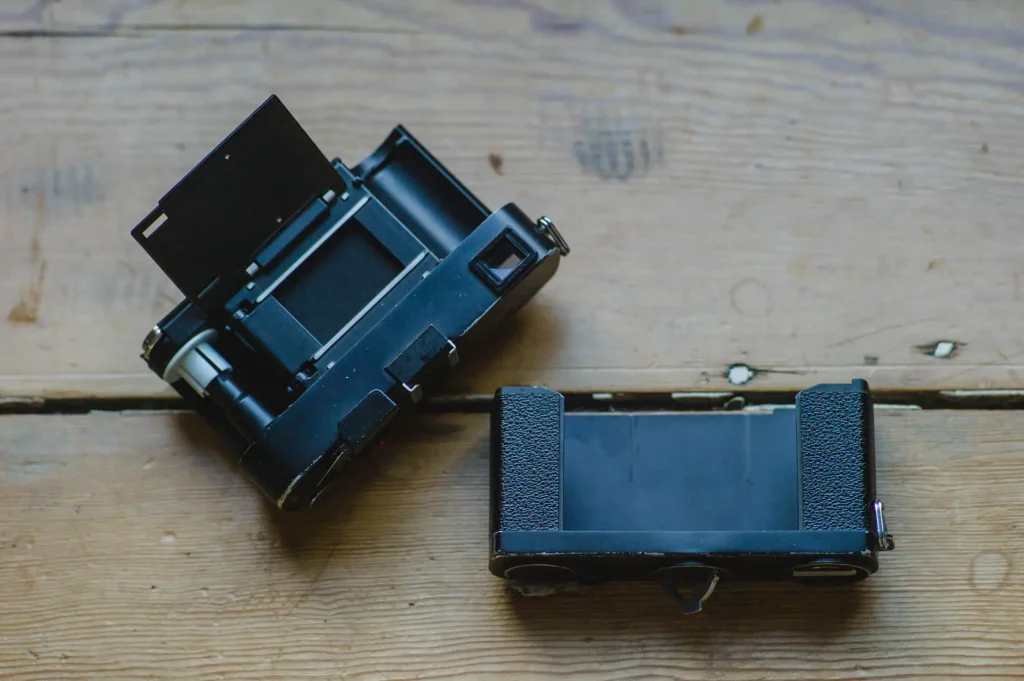
A different class
Not only is the Leica CL not really a Leica by breed, to my mind it’s not really within the same classification of camera to the M rangefinders either. To my mind Leica M rangefinders compete with SLR cameras, whereas the CL is more of a competitor to the smaller cameras of its era. As I talk about in my 40mm Summicron review, I don’t think that it’s any coincidence that the the standard lens for the CL is 40mm when that same focal length was the standard choice for compact cameras in the 70’s.
In the 70’s there were stacks of cameras with 40mm lenses; the Olympus trip and all its rangefinder cousins such as the Olympus RC, RD and SP come immediately to mind. Then there was the Canonet range, the Yashicas such as the GTX, not to mention the Minolta Hi-Matic range, and countless others. I suspect Leica wanted into this marketplace, but simultaneously didn’t want to turn their backs on the interchangeable M mount camera owners. For me, this is what the Leica CL is. It’s a 40mm compact rangefinder like so many others of the era, it just also happens to have a interchangeable M-mount.
The M-Mount
Of course, the story of this M-mount isn’t as simple as I could be. Whilst it allows you to mount most M lenses on the camera, there are a series of considerations and shortcomings that add up to a few of the flaws I mentioned at the beginning of the post.
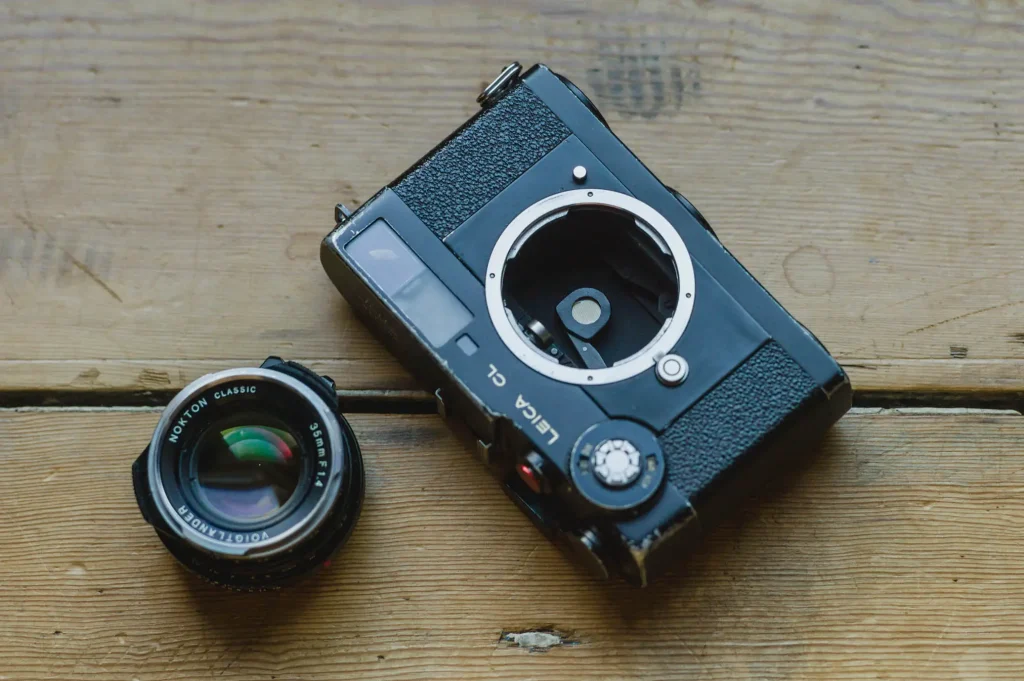
Flaw no.1 – Design bias and the 40mm focal length
When you put the CL to your eye there is no doubting that it was designed primarily to be used with a 40mm lens. Leica didn’t make a 40mm lens prior to the CL, and haven’t since. There are a few other 40mm lenses made by other manufacturers, but it’s not exactly a regular focal length in M-mount.
There are frame lines for the 90mm, and even frame lines for 50mm lenses but there’s no other lines for 28 or 35mm lenses. This is not to say you can’t use a 35mm lens. With the 40mm lines fitting the viewfinder there is just enough space around them for you to guess 35mm framing quite easily, but it’s not entirely ideal. Since the 35mm focal length is the most popular with rangefinder users, this all gives the CL system a sense of being a little more separate from wider Leica M system.
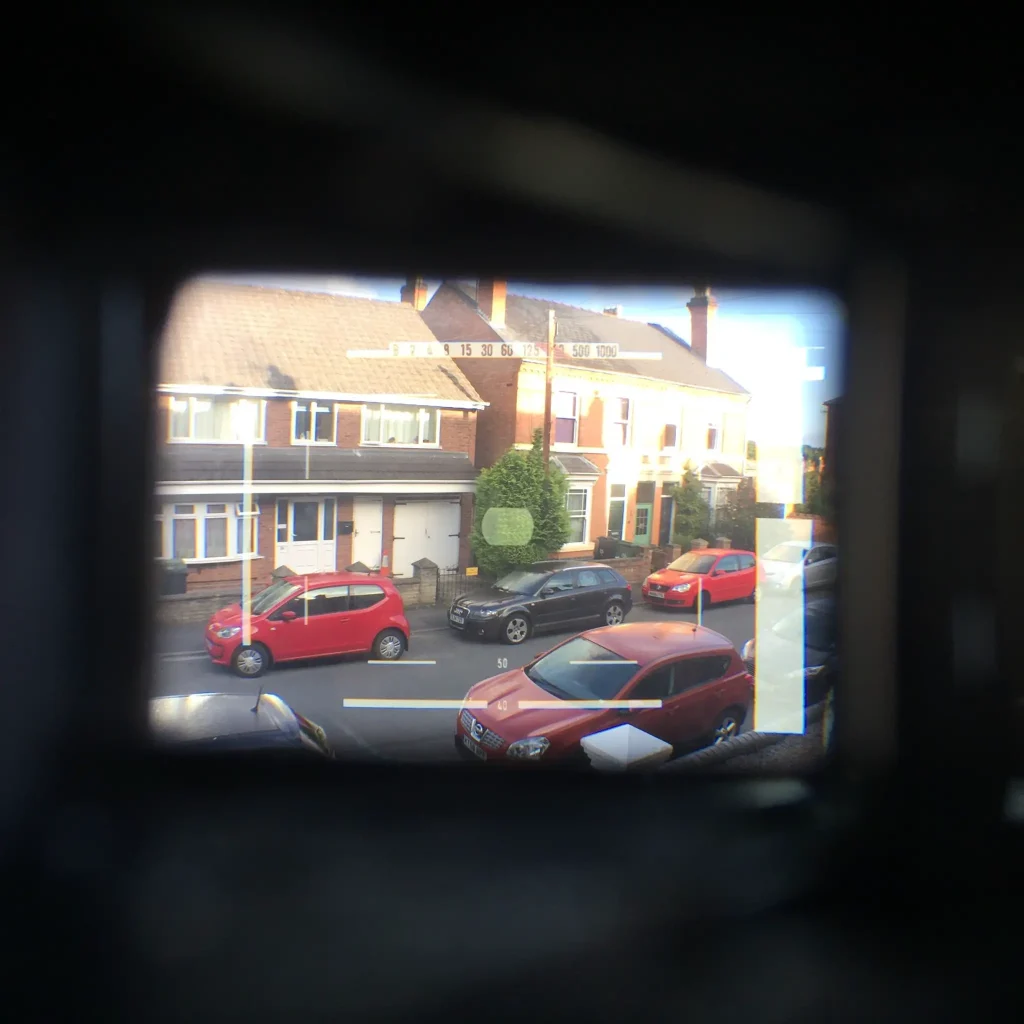
Flaw no.2 – Incompatible lenses
This isn’t the only limitation imposed by this specific implementation of the m-mount either. Unfortunately there is also bit of a two way issue with lens incompatibility. Leica obviously wanted their current lens owners to be able to use at least some of their lenses on the Leica CL. What they seemingly didn’t want was the cheaper CL lenses to damage the sales of the more expensive Leica lens range. To remedy this, they designed the 40mm and 90mm ‘c’ lenses to have a slightly different rangefinder cam. They then claimed that these lenses weren’t compatible with other M cameras.
When I had a 40mm I used it on my M3 with no problems, but since then I’ve had an email conversation with a chap who found his 40mm didn’t focus properly on his M3. Perhaps this was down to something else, but it seems plausible that it was down to the built-in incompatibility that Leica claimed.
Then there’s the problem of not all Leica lenses being compatible with the CL. Just like in the Leica M5, the Leica CL has a light meter that sits on a mechanical arm behind the lens and in front of the shutter. This means that collapsible lenses and lenses with protruding rear elements can’t be used without potentially damaging the camera. Unfortunately, even the lenses that can be used aren’t immune to difficulty either.
A video posted by 35mmc / Hamish Gill (@hamishgill) on
Flaw no.3 – A short effective RF base length
This brings me neatly to what I think of as one of the CL’s biggest flaws, or at least biggest hurdles to it not being more ideal for me. If you aren’t aware of what rangefinder base length is, have a read of this post. In short, it’s the physical size of the rangefinder within the camera. The longer the base length the greater potential for accuracy. In the Leica CL the effective base length is the shortest of any M-mount camera. You can see this just looking at the front of the camera – the gap between the viewfinder and rangefinder is tiny compared to that on a full size M camera.
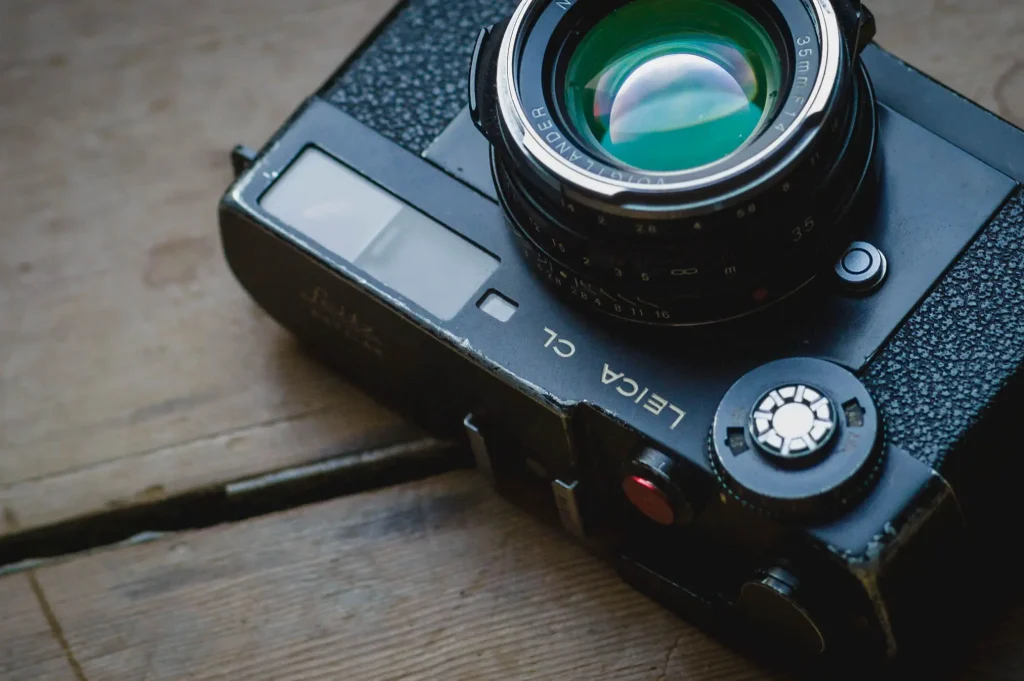
This isn’t the only camera I’ve used with a short base length. All of the Voigtlander R series have short rangefinders too. As I said in the post I wrote about the r2a and r3a, it’s not just how long it is that counts; how solid edged the rangefinder patch is and how clear and bright it is also makes a difference. In the Voigltanders I find it just the right side of useable even with faster lenses, in the Leica CL I don’t quite have the full level of confidence in it. The patch is bight and well defined, but it’s definitely harder to critical focus at large apertures, close range.
Flaw no.4 – 0.8m close focus
There’s one other flaw imposed by the rangefinder mechanism too. The minimum focusing distance of the ‘c’ lenses is 0.8m, and as such so is that the minimum focusing distance of the CL. Not a deal breaker, but it can be frustrating.
Strength no.1 – The usefulness of the m-mount
This I’m sure all sounds like doom and gloom? Well all is definitely not lost for the CL as an m-mount camera. The fact remains that whilst I really liked the 40mm Summicron, I decided I didn’t need it. I made the choice to stick to the preexisting lenses in my kit. This is obviously something that I couldn’t have done had it been a fixed lens camera, but as it stands it just integrated itself into my camera lineup almost seamlessly. Of course, with the 50mm f/1.5 Sonnar the CL isn’t quite ideal, but the 35mm Voigtlander works fine, and my 28mm Voigtlander 3.5 Color-Skopar works a treat with an add on viewfinder. As would any wider angle lens, not least the 17mm Tamron SP I once mounted on it (just because I could).
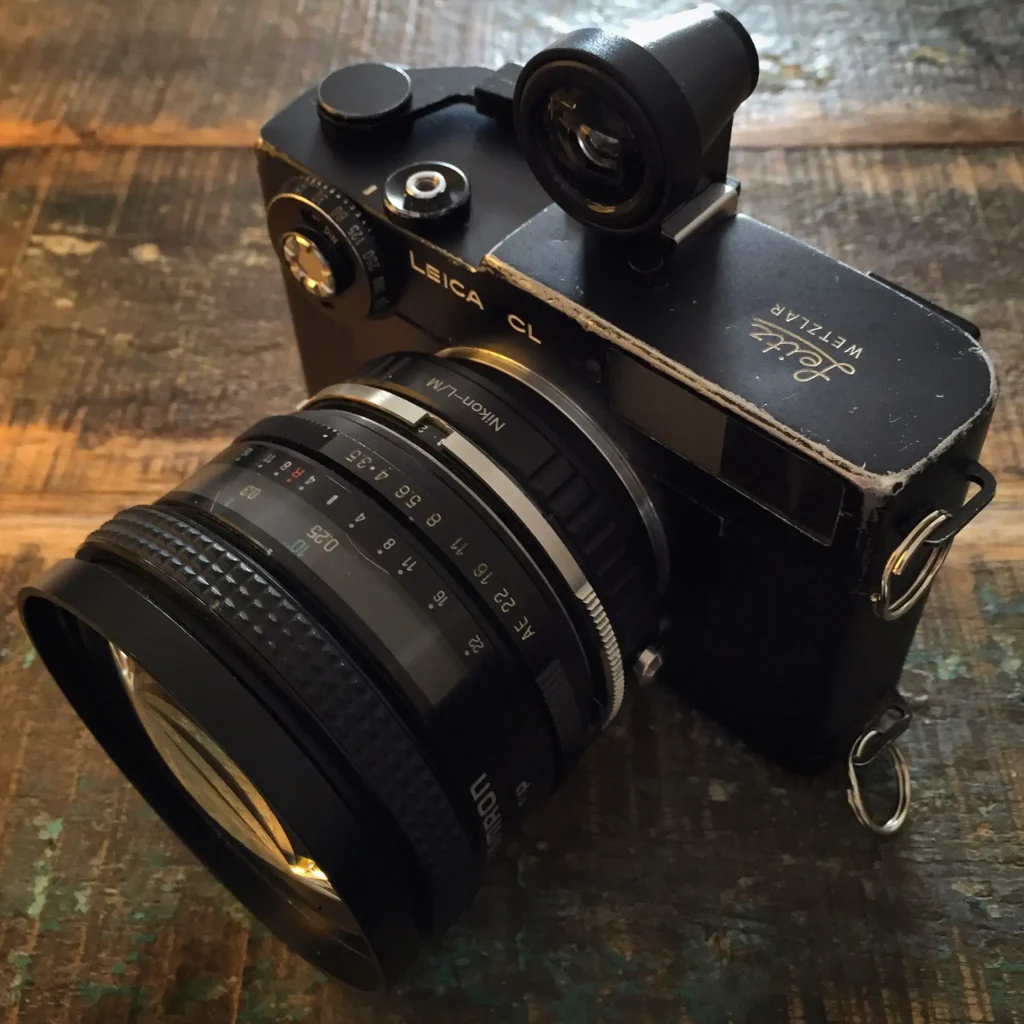
What’s really nice is that my really little little MS-Optical converted Nikon L35AF lens also fits to it nicely which makes for a rangefinder that rivals even some of the smallest out there in terms of size.
Strength no.2 – The joy of its small size
Small size is a big attraction to me – as it is to a lot of CL advocates. As any regular reader of this website will know, I’m a fan of small cameras (they are the topic of this website after all). I put up with the size of a Leica M, but it’s borderline as a system to me. It has enough benefits to tip the balance, but sometimes the size and weight is just get on my nerves. For those times the CL is there to take up the slack.
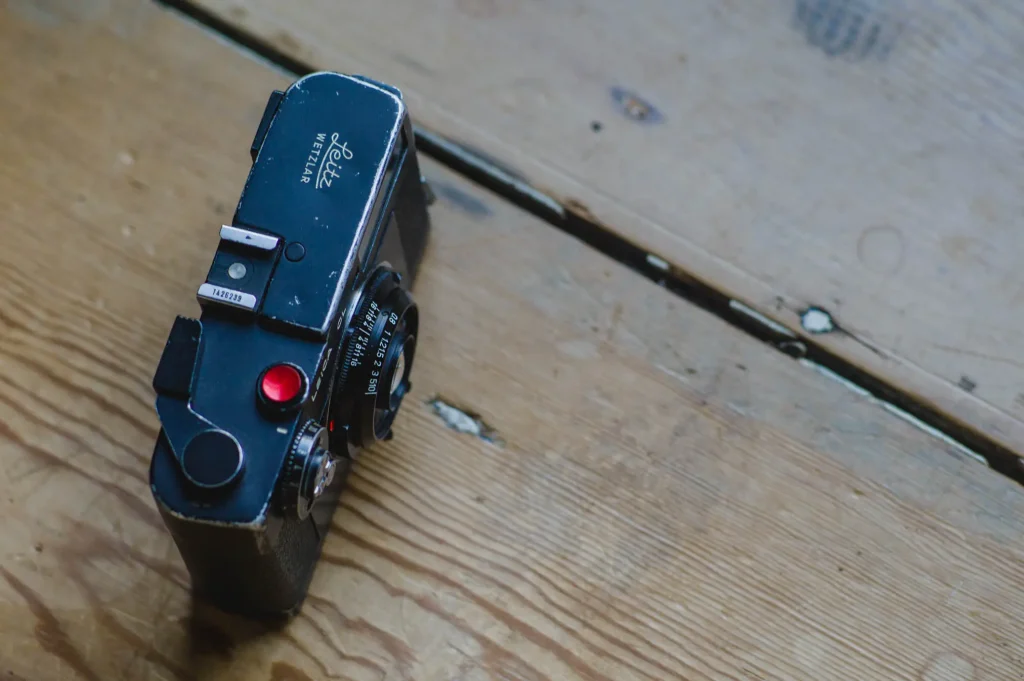
Strength no.3 – Simple function
What’s really nice about the CL is that with this small size also comes basic manual function. With a lot of small cameras it often feels like there’s a part of the design that’s pushing you to use the camera a certain way. This couldn’t be more true of compact rangefinders that are reasonably contemporary to the Leica CL. Take the Canonet QL17 Giii for example, or the Olympus 35RC. Both great cameras – the Canon has a wonderful fast lens and the Olympus is tiny, so both have distinct advantages of their own. The problem with them is, neither feels fully functional when used as a manual camera. Both can be used manually, but really they’re designed to be used as shutter priority cameras.
The Leica CL in use
The Leica CL on the other hand is a purely manual camera. As I will come to in a moment, it’s not perfectly intuitive to use as a metered camera, and it still feels best used in a specific way. But, what I enjoy about its function is that it’s a manual camera, and as such it doesn’t impose any level of automation on me in the way the likes of the aforementioned fixed lens rangefinders do.
Strength no.4 – The basic manual controls
This basic manual function is derived from basic manual controls. The Leica CL has a shutter dial which in turn has a dial for setting the film speed for the light meter built into the centre of it. With the dial being located on the front, with the camera to your eye, it sits neatly under a right hand finger. As you rotate it there’s a shutter speed readout in the viewfinder that tells you the set speed. Conveniently, the dial rotates in the same direction as the as the needle moves on the shutter speed readout in the camera.
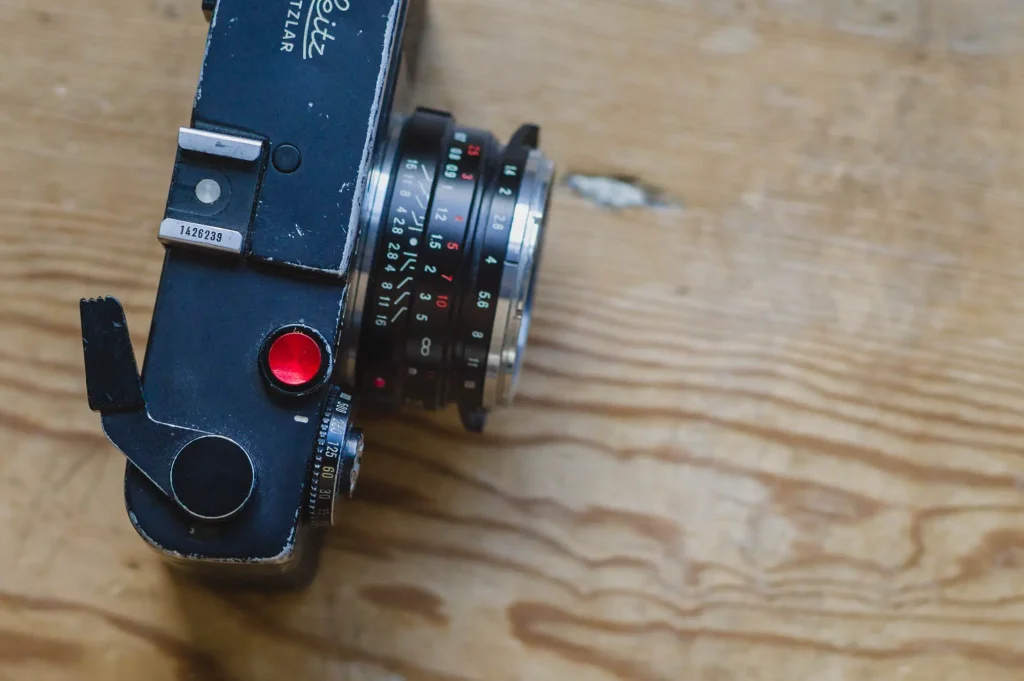
Once a lens is attached a you also have your manual aperture control – you can’t see the set aperture in the viewfinder, but this will come as no surprise to anyone who shoots any other Leica rangefinder.
Flaw no.5 – opposite rotations
This is all great, but as mentioned once you get beyond the basics and start looking at the function of the light meter, the CL starts to feel not quite as perfectly intuitive to use as it possibly could do.
With a lens attached to the front and you’ll find that the rotation of the aperture dial is the opposite to the rotation of the shutter in terms of adjusting the exposure up or down – turning the shutter dial anti-clockwise increases exposure, yet turning the aperture anti-clockwise decreases exposure.
I don’t think I’d have even noticed this if it wasn’t a metered camera. But as a metered camera this inconsistency seems to feel very apparent. Unfortunately the slight usability issue of opposite rotating dials is further compounded by another feature of the Leica CL that I found – at least to start with – completely jared with me every time I used the camera.
Flaw no.6 – The upside down light meter
The light meter readout in the Leica CL is upside down! Overexposure causes the needle to point lower than the correct exposure marking and underexposure points the needle above the correct exposure marker.
Intended function
On face value it seemed illogical for it to work this way, but after using it for a little while I realised that the meter-readout-needle moves relative to the direction of rotation of the shutter dial. This is what gave me the most significant cue in terms of how I think the metering system of the Leica CL was intended to be used.
Strength no.5 – The spot meter
The meter in the CL is a spot meter. If the meter was any other type of meter – or intended to be used as any other type of meter – I think I would feel a lot more negative about the above mentioned odd function than I do. Since it is a spot I’ve found the way I use it to be much more akin to the way I use an external meter than the way I use most built in meters
Strength no.6 – A switched meter
For a start, the meter is switched, and therefore isn’t always on. To switch it on you have to pull the shutter advance slightly out from its closed position. With the shutter advance flush to the camera, it feels much more like a meter-less body.
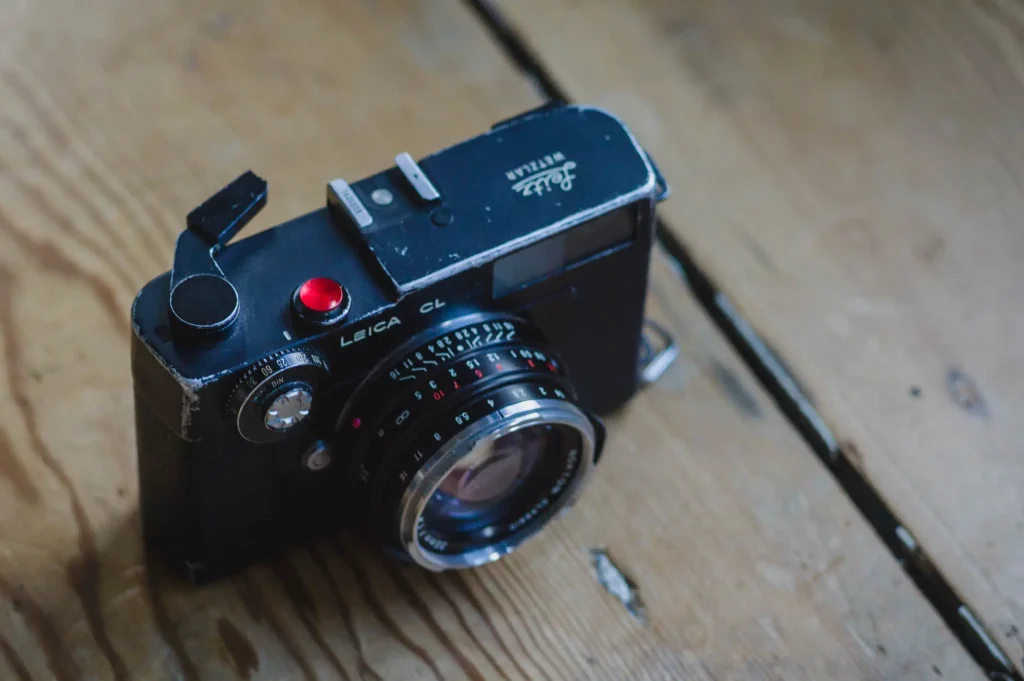
Taking a reading
When you switch the meter on, you have spot meter for taking a few moments to asses the light. As mentioned, the aperture doesn’t display in the viewfinder, but since the shutter speed does you just set your chosen aperture with the lens then with the camera to the eye you can point it around the scene clicking the shutter speed dial back and forth to take one, or indeed a range of readings depending on your spot metering methodology. It’s not the fastest process, but then spot metering isn’t.
The trick is, when your clicking the shutter dial you just click it in the direction you want the meter needle to move until it gets to the centre position. If only then you look at the shutter reading, it’s sort of irrelevant which way the needle has moved.
The beauty of it is, once you’ve got your reading because the Leica CL is fully manual, it’s very quick to shoot. What’s really nice is if the reading taken was to set the camera for a series of shots, you can either fold away the shutter advance after each shot to switch the meter off, or you can just ignore the meter altogether.
Once you get used to this to as a process, the CL starts to feel a fair amount more intuitive than trying to use it as a metered camera in the traditional sense of the concept. It somehow feels more like an external meter that automatically applies your readings to the camera settings. For someone who has become very comfortable with non-metered cameras over the last year or so, oddly enough, this slightly counterintuitive functionality somehow manages to feel like a very nice balance between a non-metered and a metered camera!
Longevity
If all that sounds appealing so far, you might be thinking about clicking though to eBay to see what’s about. Well, before you jump, there is one somewhat less easy to set aside issue with these cameras, and that’s their potential for failure and their nature as ageing cameras.
You’ve probably noticed that I’ve written this post around the Leica CL’s strengths and flaws. You might have also noticed that the flaws I’ve mentioned have been roughly balanced out with positive strengths that I feel at least mostly level the playing field. The issue for you as a reader is, up until this point I have been talking specifically about my Leica CL… And my Leica CL is a little bit more special than most.
To my mind, there is one serious hurdle in the way of the success of the Leica CL as a classic user camera – they just aren’t all that ideal in terms of a second hand purchase. The first and biggest problem you’ll have when buying one of these cameras is finding a good one. In fact, more than finding a good one, you might struggle to find a working one. Unfortunately over the years, many of them seem to have failed, with the main issue being around the light meter.
The temptation for me to buy one of these cameras cropped up a few times over the years, but I’d never quite bitten the bullet due to the nagging feeling in the back of my mind that even if I did buy a working one it’s light meter might not be long for this world. When I eventually bought my Leica CL it was completely on a whim – I was actually looking at sold listing on eBay to help advise the value of one for a mate. I saw one that hadn’t sold on eBay that intrigued me. I got in touch with the guy to find out his intentions for it and ended up buying it for the money it hadn’t sold for. Looking at the pictures of this camera, you might think that I’ve gone completely mad. Why on earth would I be so intrigued by such a tatty looking camera?
Well, the detail is in the little bit of paper that the seller referenced in the listing and in fact which came with the camera (although frustratingly I now can’t find it). The piece of paper was a receipt relating to a service that was carried out by Leica in 2000 to replace three key parts within my CL
Flaw no. 8 – The meter diode
Look inside my camera and you’ll see a meter diode with wires that are close together. This is apparently – at least according to the seller – a sign that it is a later meter. The original meter diode’s wires are further apart. The older ones failed, the newer ones are apparently longer lasting… Or at least by the nature of it being newer, it will last me longer.
Flaw no. 9 – The take up spool
The take up spool in my CL has also been replaced. Search google for “Leica CL take up spool” and you’ll find countless threads on forums with people trying to find a solution to cracked and snapped take up mechanisms. The plastic part seemingly degrades over time leaving it fragile and now prone to failure. A bit of double sided sticky tape is apparently the simple answer (when isn’t it?!), but it’s not exactly a perfect solution.
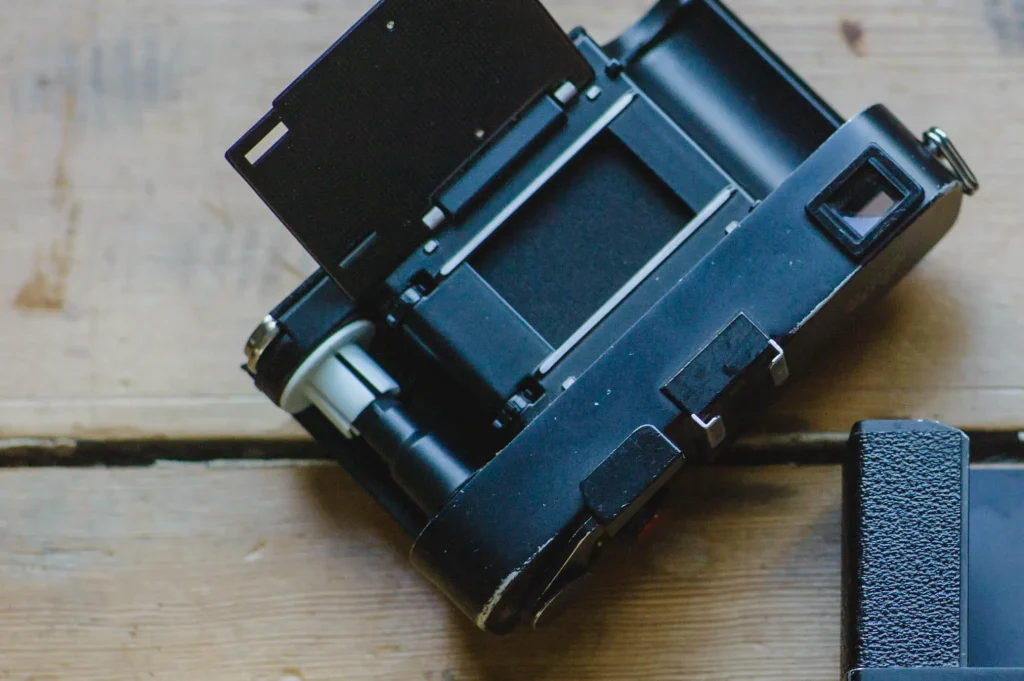
Flaw no. 10 – The battery circuit
Finally, my CL was altered by Leica to work with the modern same-shaped 1.5v batteries. The CL was originally designed to work with 1.35v batteries – these types of batteries have long since been discontinued. Though I should add this isn’t too much on an issue if you have one of these adapters.
Strength no. 7 – Easy easy to work around flaws
Whilst it’s harder to dismiss these issues, or talk around them as mere idiosyncrasies in the way I’ve described the previous flaws they do at least remain workable in as much as they don’t write off the camera completely.
If you can manage without a meter then it failing shouldn’t be any hinderance to you. It’s a fully mechanical camera with no automated or meter reliant functions, as such Leica CL functions perfectly without its meter. Additionally to this, as I’ve already described, the meter feels better used almost like a separate meter anyway, so using a separate meter isn’t going to feel significantly more restrictive. The take up spool issue has a workaround too. It might not be ideal, but again at least isn’t of game over for the camera if it fails. And the battery issue whilst costly for an adapter is far from the end of the world, and irrelevant if the meter has also failed…
(Unfounded?) nagging untrustworthiness
My problem is, I just find it a little hard forgive these latter potential failures, especially the meter and spool. They just give a sense of nagging untrustworthiness and age to the CL that bothers me. This feel of an aged camera is just not something I associate with Leica rangefinders. My M3 and M-A feel just as new as one another, at least in terms of how long I expect them to last. I just don’t have that same expectation from even my fettled CL.
That all said, I wonder how much of this thought process is a reflection of the expectation given by the badge? Am I trying to compare the CL to something I’ve already stated that it’s not comparable to? If it wasn’t designed to be a Leica M rangefinder, then by its nature it’s also not designed to compete with or really be compared to one. It’s easy to fall into the comparison trap because it says Leica on it and takes the same lenses, but really, it’s simply not the same class of camera.
Conclusions
The reason I’m labouring this point about the Leica CL as a type of camera, is that to my mind very nearly fails entirely through this identity crisis. If I think of the CL as a M mount Leica rangefinder I find the lack of 35mm frame lines annoying, the rangefinder base length limiting and the lens incompatibility and 0.8m close focus a little frustrating. And that’s before I even think about the comparably basic build quality.
Yet, if instead I shift my perspective and think of it as a Minolta compact camera, all of a sudden it starts to make a good deal more sense. It might not take all Leica lenses perfectly, but it takes most of them, and that’s definitely more than any other compact rangefinder. It might not have 35mm frame lines, but I can still mount a 35mm lens and guess framing or use an accessory finder. The RF base length might be a little limiting, but actually even with my 50mm f/1.5 Sonnar I’ve not suffered too badly.
Possibly more importantly than any of that, when compared to other fixed lens compact rangefinders, it’s build quality and indeed size is about what I’d expect. This would all be great if I felt I it meant that I could unreservedly recommend it as a camera through these merits. The problem is, the group of people I feel I can even half recommend it to is actually pretty niche.
For example if someone asked me if they should buy a Leica CL to give them a less expensive feel for what a Leica rangefinder could do for their photography, I’d warn them off. The CL doesn’t feel like a Leica M rangefinder in the hand and their are too many functional discrepancies to demonstrate what someone might get out of shooting a full sized M.
It’s also the case that if someone else asked me if they should buy a Leica CL as a compact rangefinder – maybe instead of a Canon QL17 – I’d struggle to make that recommendation too. Yes it has the advantage of simple functioning metered full manual control, but once you add a good lens to it you could be looking at a £400 investment. You could have 4 Canon QL17s for that money – and with both cameras being roughly equally prone to failure – the Canon is probably a more sensible purchase.
To my mind, this leaves the Leica CL as a sensible choice of camera really only one group of people. The M-mount photographer looking for a second or smaller body to go with a preexisting collection of lenses might just find the CL works nicely for them, but even they aren’t exactly immune to all the flaws.
Yet despite all this, despite the flaws not outweighing the strengths, despite me not feeling like I recommend the CL in good faith, and despite the fact that you’d be damned lucky to find one that works, or at least works for a long time in to the future; the fact is sometimes numbers, logic and common sense don’t add up to the full picture.
As I said at the beginning of this post, I really like my Leica CL! It’s size, simple function and compatibility with a few lenses that I already love give it a unique set of strengths that no other camera can offer. This sounds like I’m saying I only like it because of the absence of an alternative, and I guess there might be an element of truth in that. But somehow, the CL has a charm that seems to supersede the facts. Yes it’s far from perfect, but it would be amiss not to say I didn’t think it a great little camera! This is why despite me not being able to specifically recommend the Leica CL based on the facts, I didn’t feel it possible to end this review on a bad note… Should you buy a Leica CL? Probably not… but if you do, I’m almost certain you’ll like it!
Cheers for reading,
Hamish
Share this post:
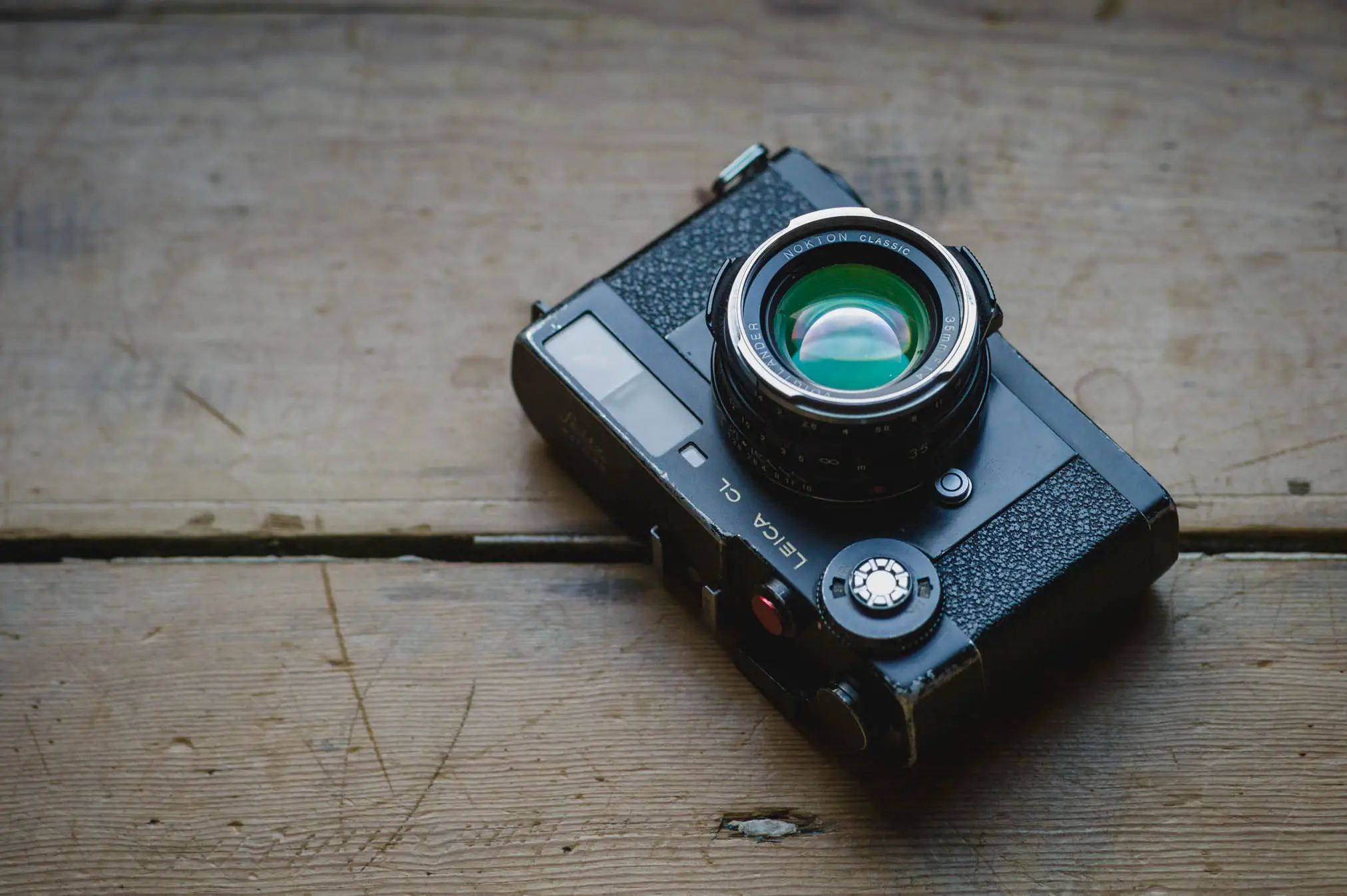
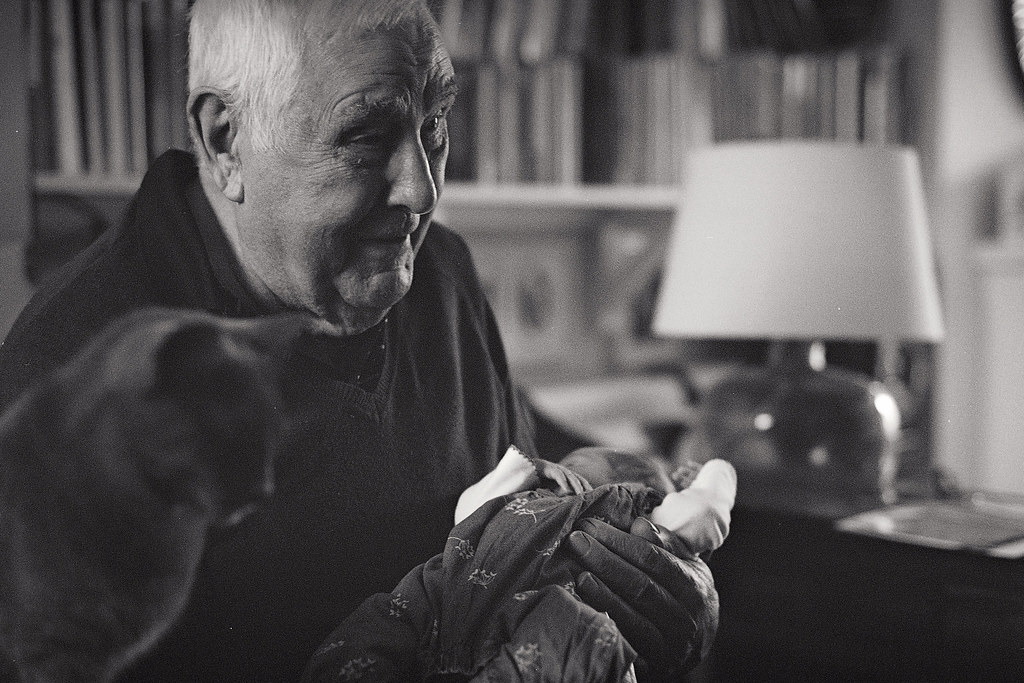
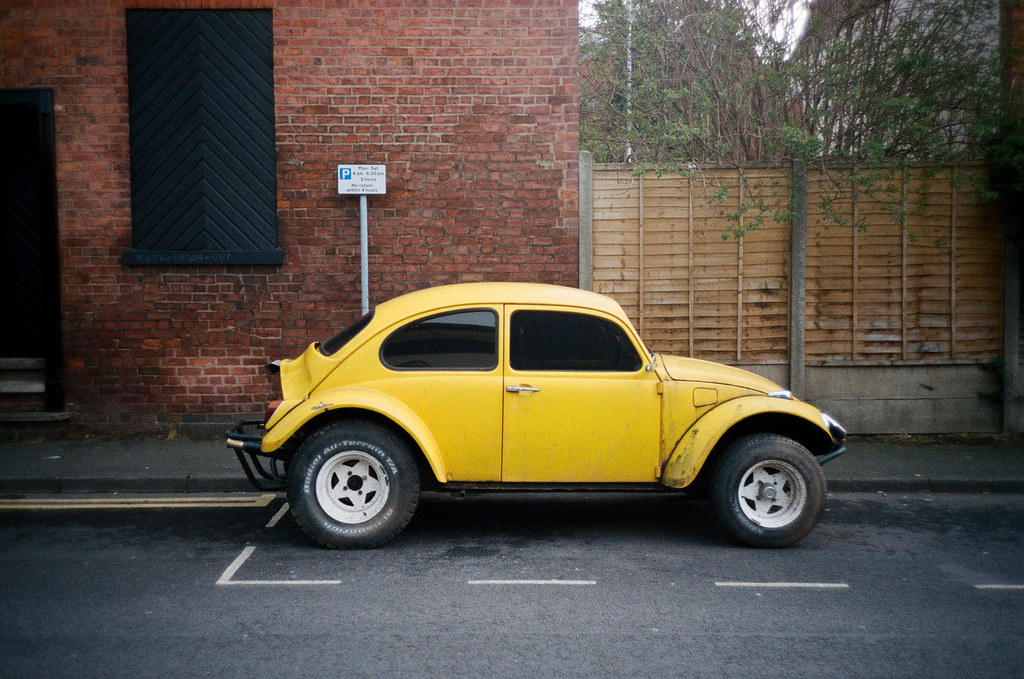
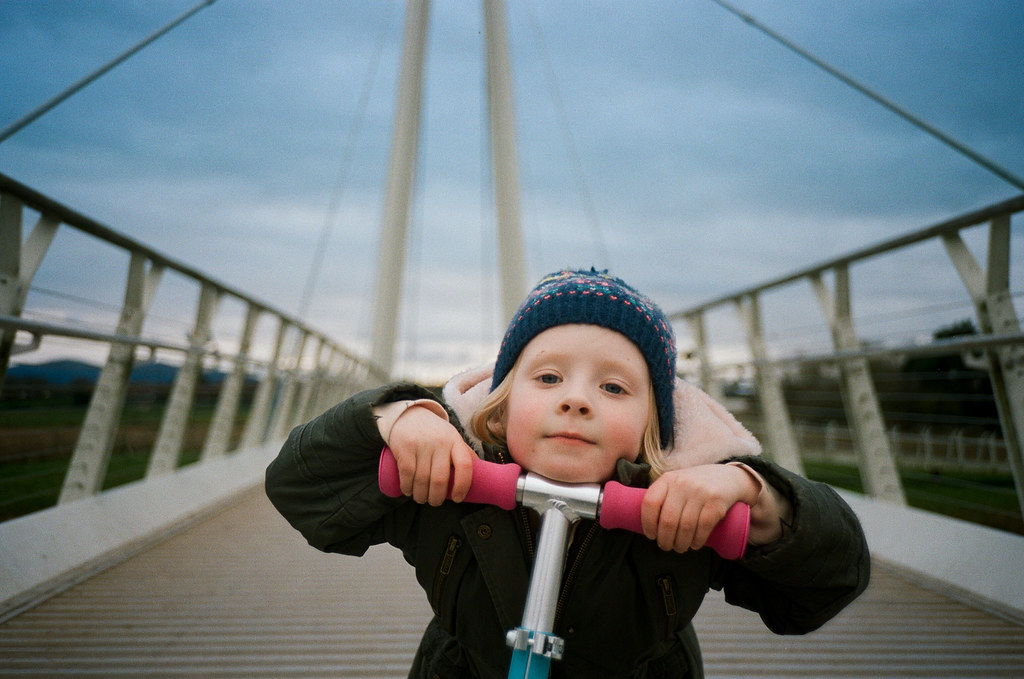
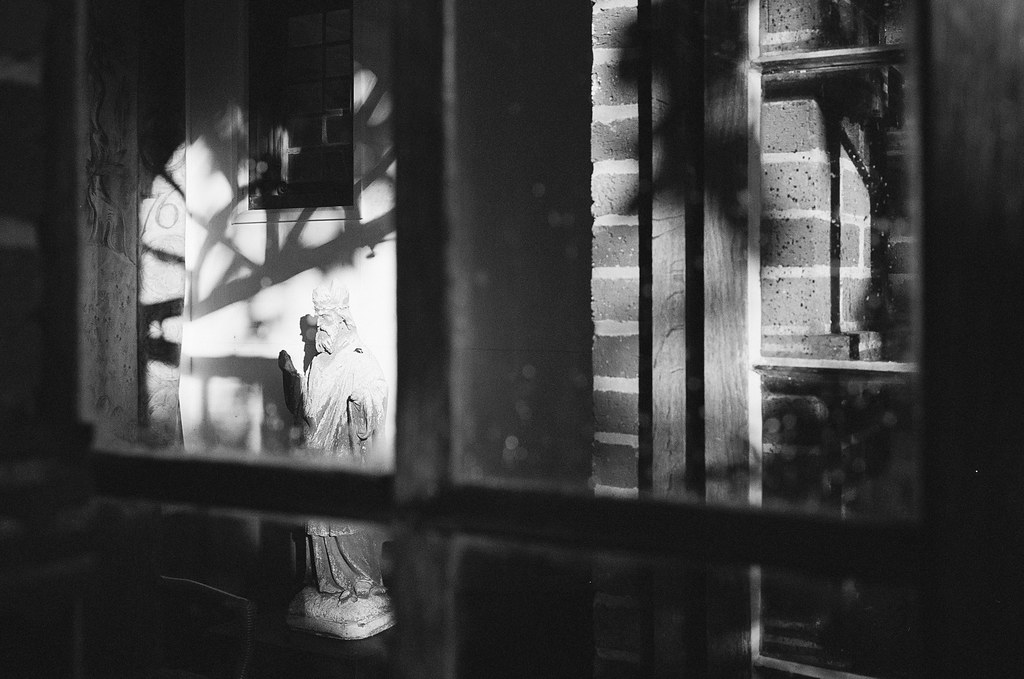
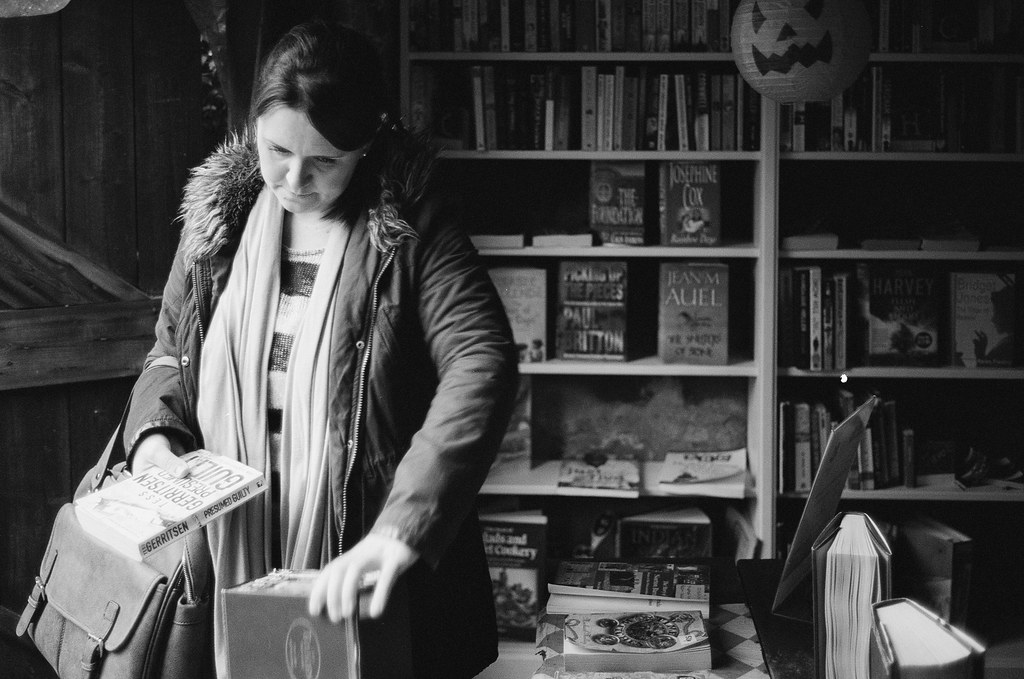
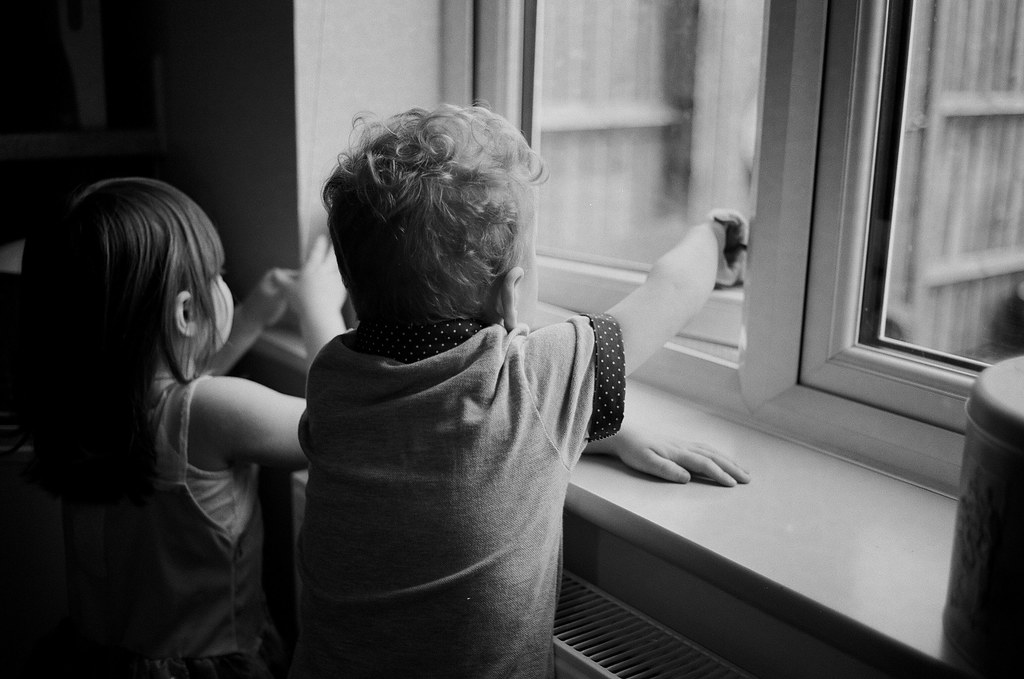
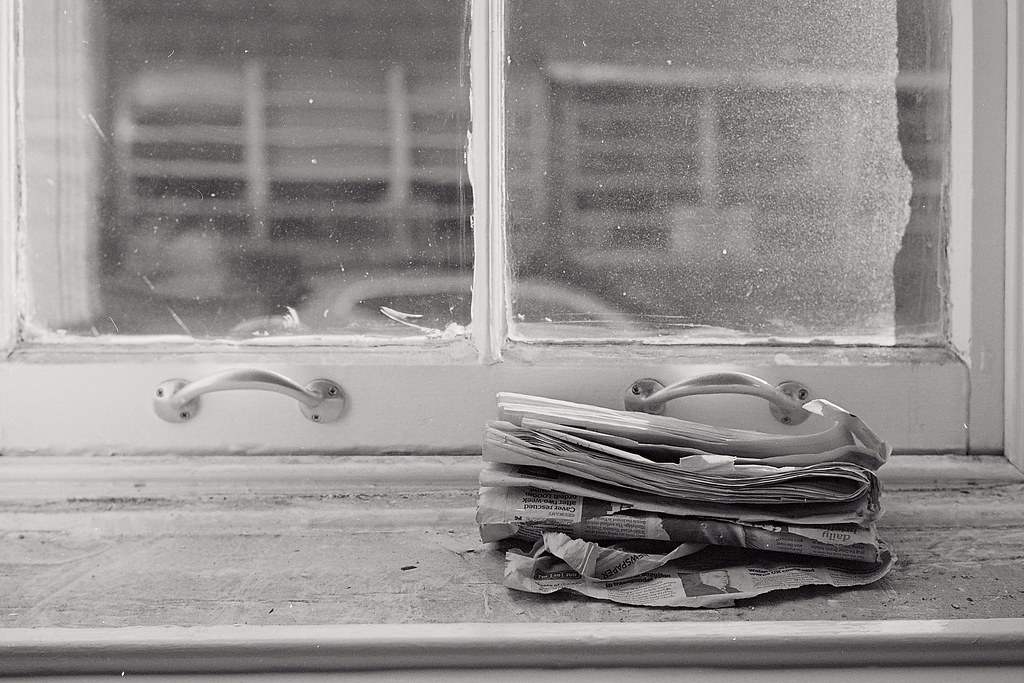
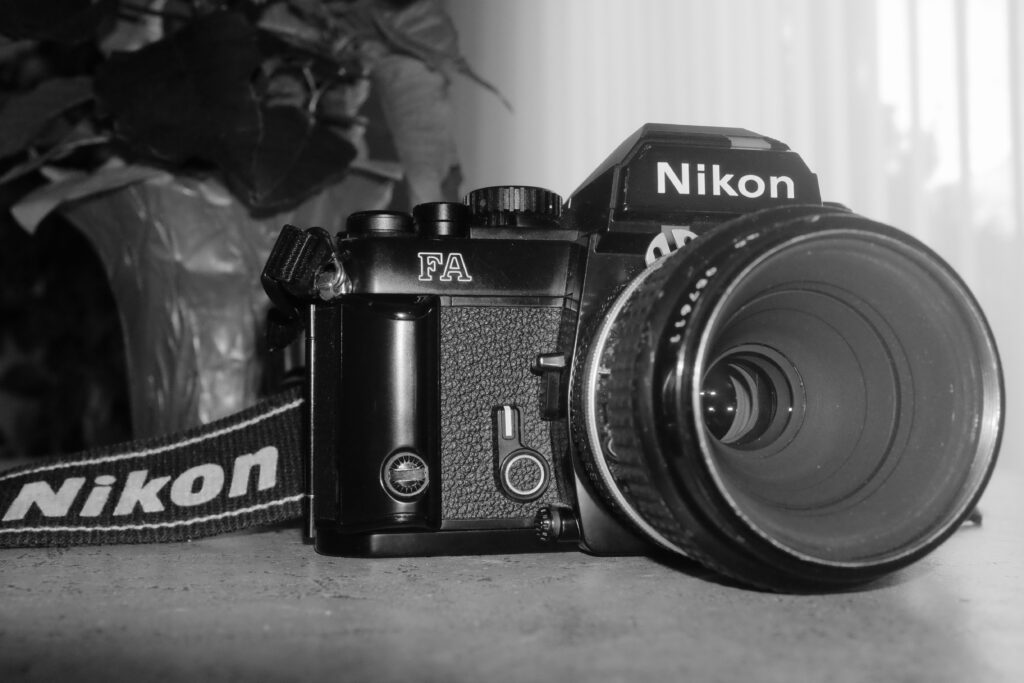
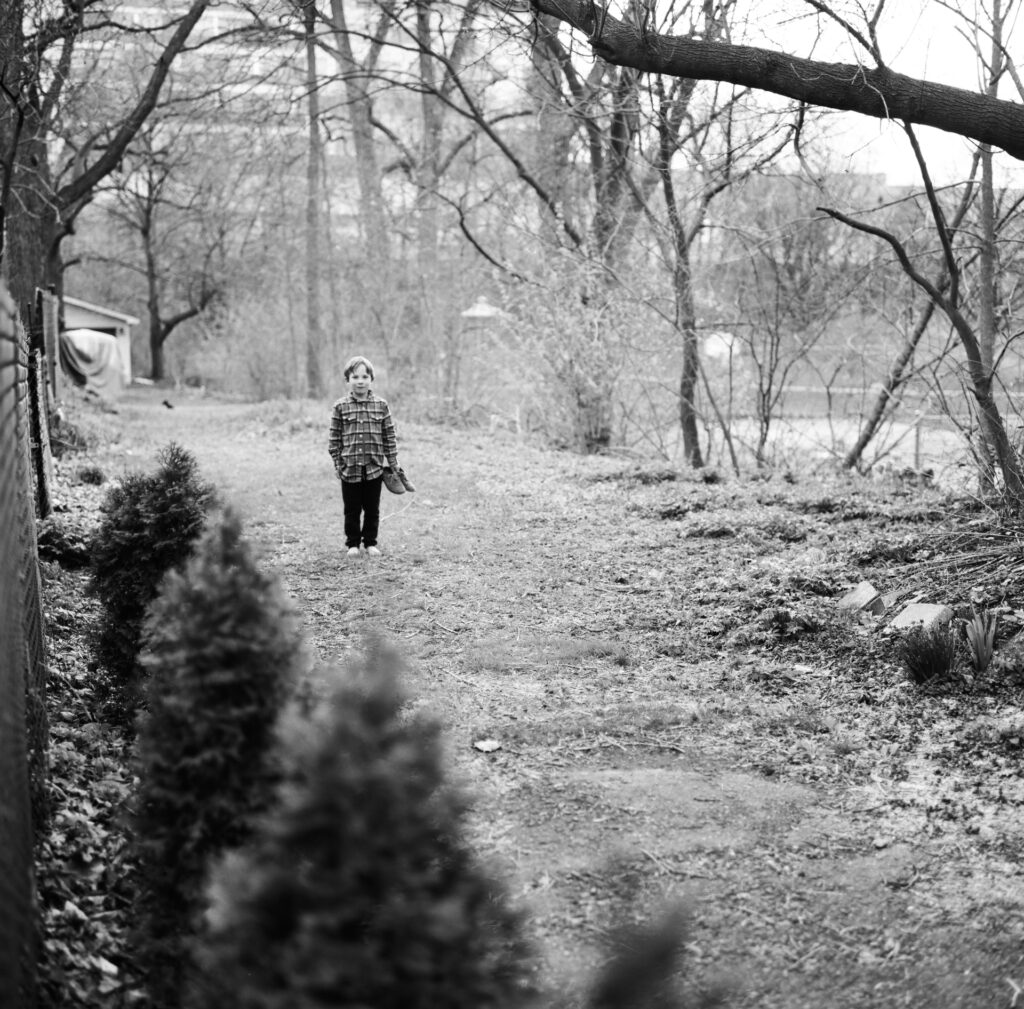
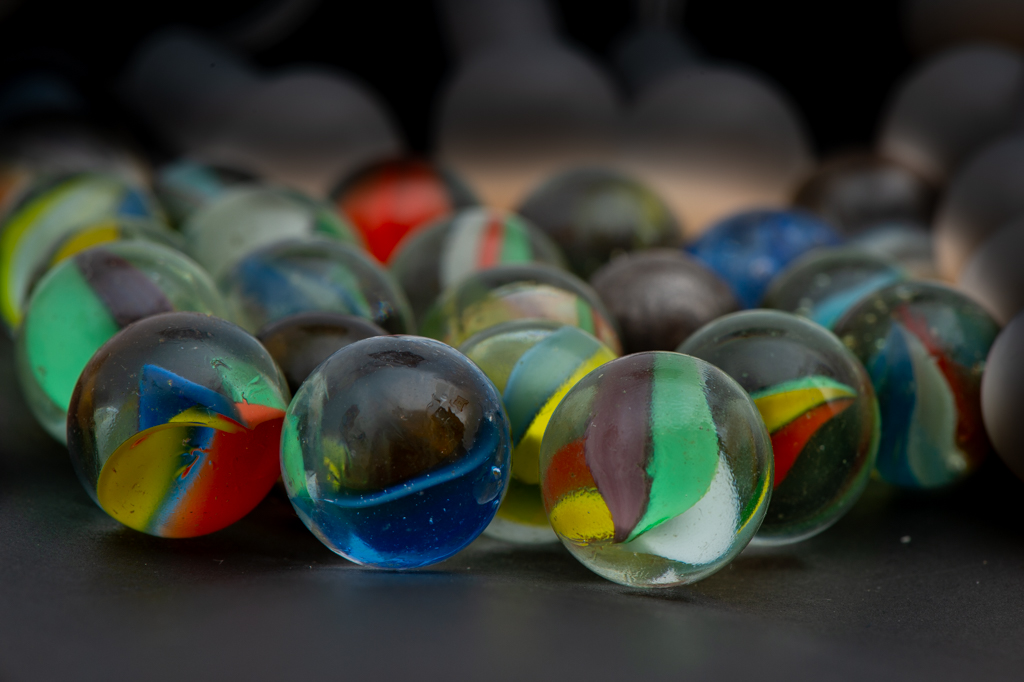
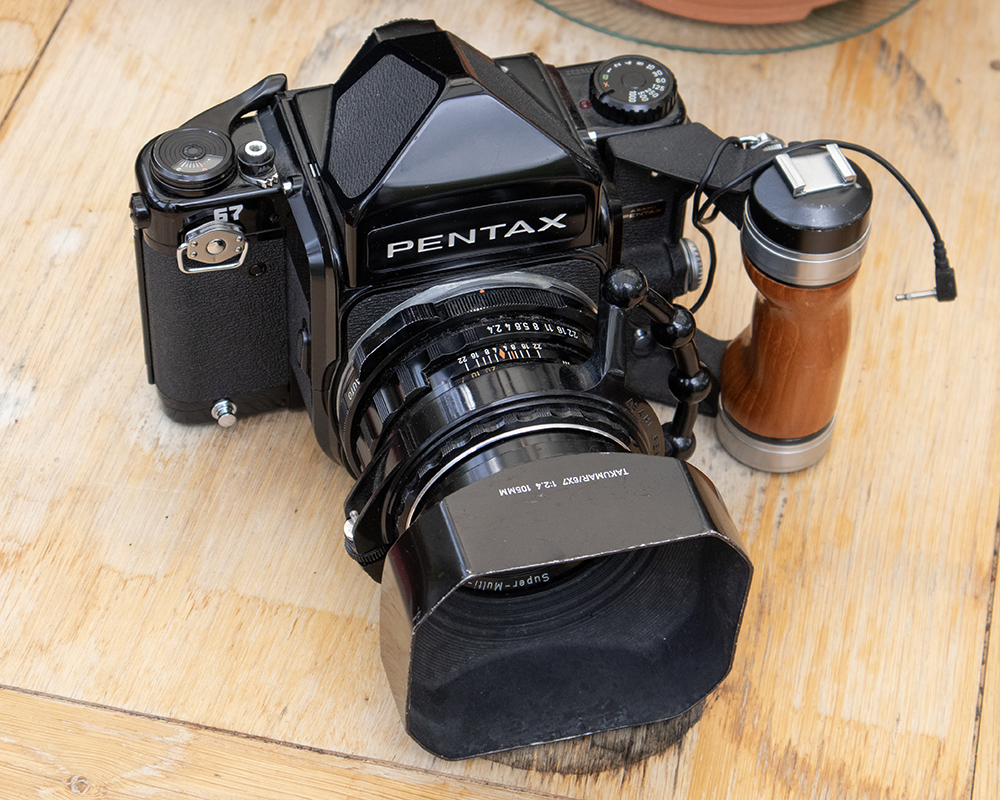




Comments
Steve on Leica CL Review (The Film Camera)
Comment posted: 17/09/2016
George Appletree on Leica CL Review (The Film Camera)
Comment posted: 17/09/2016
As you mention it's difficult to understand about Leica strategy.
While competing with slr's and handy rangefinders sounds reasonable, facts like reversing aperture dial, metering needle plus back rotating film cover... combined with moving the red dot on to the shutter release button and placing the speed dial on the front all together make a cocktail perhaps only for initiates.
Comment posted: 17/09/2016
Comment posted: 17/09/2016
Francois on Leica CL Review (The Film Camera)
Comment posted: 17/09/2016
Comment posted: 17/09/2016
Comment posted: 17/09/2016
Comment posted: 17/09/2016
Comment posted: 17/09/2016
Comment posted: 17/09/2016
Comment posted: 17/09/2016
Eddy on Leica CL Review (The Film Camera)
Comment posted: 17/09/2016
Comment posted: 17/09/2016
Andrew Kaiser on Leica CL Review (The Film Camera)
Comment posted: 18/09/2016
Comment posted: 18/09/2016
Comment posted: 18/09/2016
KHALED IM on Leica CL Review (The Film Camera)
Comment posted: 18/09/2016
1- The camera is not particularly small or light - its ‘compactness’ owes more to the small size of the lens than to that of the body. A Rollei 35 is genuinely compact, a CL at twice the size is not.
2- The 40mm lens brings up both the 40 and 50 framelines leaving the viewfinder somewhat busy.
3- While the collapsible hood & cap are superbly compact by design, the rubber eventually wears out. Metal replacements are not a substitute since they add bulk to a camera that is meant to be small.
4- No possibility of adding a diopter correction lens as far as I know.
Shortcomings aside, the CL is beautifully engineered, refined in operation, sufficiently quiet and quite discreet in street settings. Somehow, it manages to pass itself off as a compact, too. It really only makes sense for those intent on using the 40mm as their only lens in the smallest possible package that offers 40mm framelines and full manual controls. The M, otherwise, is a better choice as a system camera.
Comment posted: 18/09/2016
Comment posted: 18/09/2016
Yufoto on Leica CL Review (The Film Camera)
Comment posted: 19/09/2016
Comment posted: 19/09/2016
Comment posted: 19/09/2016
Drewhoo on Leica CL Review (The Film Camera)
Comment posted: 20/09/2016
Comment posted: 20/09/2016
Comment posted: 20/09/2016
Comment posted: 20/09/2016
Dan Castelli on Leica CL Review (The Film Camera)
Comment posted: 21/09/2016
I’ve been anticipating your review on the CL. After reading it, I hesitated to reply for a bit of time.
To the uninitiated, it may seem you did a hatchet job on the camera. However, I’ve found your reviews to be fair, and based upon actual usage of the equipment. There are times when I can sense the internal dilemma you go through when you make a critical observation. You hesitate to say something less than flattering, but it’s an honest observation, and it’s framed in such a way that the reader can come to their own conclusion.
I have a CL. At the moment, it’s in Sherry Krauter’s shop to adjust the rangefinder after I dropped it. Twice. I am one of those photographers who did pay her to upgrade my CL. Right after I bought it, I pushed the viewfinder window into the body. When she received the camera, she called me and told me that my CL (early production model) needed some parts replaced to reflect the modifications and upgrades that the camera went through during its production life. I agreed to have her do the work; knowing now I could never recoup my investment. But, I tend to keep my equipment for a long time, so the work made sense for me. The cost was about $150.00 USD.
I’ve used it w/the 40mm Nokton, the 35 & 50mm Summicron and the tiny 35mm f/2.5 Voigtlander. I never had a problem with focusing accuracy. The shutter sound is a bit sharper than my M2 & M7, but still discreet.
I was once told by a Leica rep that the decision to design the camera around the 40mm lens was to give the photographer a bit more depth-of-field to help compensate for the shorter R/F baseline. In the same conversation, he said that some consideration was paid to the classic, pocketable screw-mount Leica’s w/the Elmar lens. Some designers wanted a smaller body; they felt the M5 violated the original concept of the original pre-war cameras. This just may be another ‘Leica Lore’ story he passed onto me. I have never seen any reference to either point he made.
Overall, I like my CL. It has it quirks, but so do I. I use a small, hand-held meter because it’s faster than the built-in meter. I just remove the battery to avoid distraction within the viewfinder. I use it with 36 exposure rolls to minimize re-loading (breaking open the back). It’s almost impossible to mis-load the camera. I don’t like the vertical carrying position – I use a fitted half-case to provide some protection, sound reduction and to orientate the camera horizontally.
I carried it around Florence in my fleece pocket. It was fitted with the color-skopar and loaded w/Delta 3200. I had the meter in around my neck. I shot some nice nighttime pics while my wife & I enjoyed gelato or a glass of wine in a sidewalk café. I felt very Capa-ish.
So, my advice? Buy the CL (or one of its variants) with the lens of your choice. Use it for what it is, but don’t wish it was something else. Buy something else if you want something else. As much as I would like it, my VW Rabbit will never be a GTI, but I don’t care. What I do have is a M2 & a M7, good lenses, and an understanding “photo” wife. It’s all good.
BTW, good pics w/the article. I love the photo of your child on the bike. Any parent can relate to the pose & expression. You have a good sense of light.
Sorry this is so long-winded. Edit as you see fit.
Comment posted: 21/09/2016
George Appletre on Leica CL Review (The Film Camera)
Comment posted: 22/09/2016
I had a Zeiss biogon 35 mm. for my M8 and finally the Nokton 1.4 is better, lighter cheaper, faster and even closer to the 50 mm. equivanlent (x 1.33)... excellent.
Daniel Castelli on Leica CL Review (The Film Camera)
Comment posted: 26/09/2016
let's hope the 3rd time's the charm...I've tried posting this on 3 separate occasions...
For sheer compactness, I like the 35mm f/2.5 color-skopar fitted to the CL. The camera easily slips into your pocket. For those who aren't comfortable with the 2.5 max. aperture, just up the rating of the film a half stop.
Now, that being said, in the long run, I'd use the 40mm focal length. I've used the 50mm Summicron, but the camera is out of balance; it's nose heavy. I'm on the prowl for one of the Leitz/Minolta 40mm lenses, but I'm also intrigued by the 40mm f/1.4 with the s/c coating...
Since January 1, however, I've been on a year-long 50mm lens sabbatical. I did this because I've gotten sloppy with my camera fitted w/the 35mm lens. Working with only one focal length is helping me re-set my eye, and is giving me time to consider my next lens purchase. I'm liking the 40mm length. I think I could work with this length for a long time. A match for the CL, and a tad wider for the M2 & 7 with the 50mm framelines visible. I can live w/that.
It would seem that a CL w/a 35mm lens would have made sense. But, the trend back then was to design around a 40mm lens. Maybe Leitz didn't want to introduce a compact 35mm lens that would compete with their signature 35mm Summicron or Summilux? That's all I could come up with.
BTW, since following your blog, you've helped free me from the "leica Lens Tyranny.' You know, you can only shoot with Leica glass on your Leica, or the camera may turn to dust. There are examples of great, non-Leica lenses that give exceptional results. Leica glass is good, but there are viable alternatives to fit both budget and vision.
So, continued good shooting!
Comment posted: 26/09/2016
Wayne on Leica CL Review (The Film Camera)
Comment posted: 28/09/2016
Every time I grab a Barnack model, there is something inside that regrets the fact that the M mount lenses have to stay home. I love the size and function of the old cameras, but have always wished I could have that and the M lenses ,too. I looked at the size and weight specs on the CL and it dawned on me that the CL may be the answer. It is a bit taller, but yet, weighs less.....a fair trade. I am well pleased it. Thanks for your effort.
I just bought, but have not yet received, the Voigtlander 50mm f2 Heliar, classic chrome (250 jahre) and it looks like it may be a perfect mate for the CL.
Comment posted: 28/09/2016
Comment posted: 28/09/2016
Comment posted: 28/09/2016
George Appletre on Leica CL Review (The Film Camera)
Comment posted: 02/10/2016
Casually reading your post about Summicron 40...
It was mounted there on your M8.
I do that with the Voigtlander Nokton as previously commented.
Just to remark the framing issue you mentioned.
The Nokton doesn't either frame properly, but the jamming solution is just perfect:
Instead of the tissue, cut a triangle rubber piece about 3 or 4 mm. thick and place it there permanently; you even can remove the lens because it stucks with the mounting ring.
Sorin Lazarescu. on Leica CL Review (The Film Camera)
Comment posted: 05/10/2016
I find your post very candid and heart warming. I also find it unbiased, which is really something. Your photos are great too. I feel the same way about this little camera, although I only shot a single roll with it, as I just acquired the camera on the eBay (as a second hand/used camera and surprisingly it turned out to be brand new, not a single sign of use on it).
Incidentally would you care to inform what lens you mounted on the camera in your photo no. 9 - from top to bottom - as I find it extremely compact.
Sincerely yours,
Sorin Lazarescu
Comment posted: 05/10/2016
Todd Walderman on Leica CL Review (The Film Camera)
Comment posted: 12/10/2016
Comment posted: 12/10/2016
Yeer31 on Leica CL Review (The Film Camera)
Comment posted: 02/11/2016
1) I've never seen a CL which is just badged Minolta CL, if they exist they're really rare.
2) Of the 8 or so CLs I've owned, only one has had a totally dead meter, from an expired CDS. The light meter ring mechanism in the CLs are, however, very susceptible to breaking down or inaccuracies. Corrosion is a major reason for this, dirt/dust is another but surprisingly bad wiring is a factor.
3) All the above failures can be easily fixed IF the repair person is competent. According to the camera repairer friend of mine, the main reason for meter failure is from badly repaired meters. The meter can't be adjusted just by tweaking the needle. In earlier versions this meant literally bending the needle! Later versions had a proper adjustment mechanism which allowed you to adjust the needle using a screwdriver at the pivot point. I have a picture of both CL versions and it's quite startling. If the meter 'repair' is done as just a needle re-calibration without addressing the underlying problem then the meter can still be healthy even though it is unresponsive.
What's the point of the last two comments? Well, your camera may still have a good meter that can be salvaged is the main point. The secondary point is that if you a functioning meter in the long run, be prepared to have to have it re-calibrated at some stage as they are inherently weak in design. It would be interesting to know if the LM CLs above 103xxxx are better in this respect.
4) Other weak areas, mainly cosmetic
a) The top plate is really thin and prone to dents, I like Hamish's battle scarred version of the top plate, undoubtedly it hides a few dents
b) The plastic at the end of the winding mechanism is prone to cracking/breaking
c) The white plastic ears on the take up spool is prone to breaking off. Replacements are quite easy to obtain but failing that, you can still use the spool but it'll be a bit of a faff
d) The viewfinder glass in the front of the camera is prone to breaking, again it's an easy fix if you know where to find the replacement glass. It's also a easy DIY fix if you have access to glass of the same thickness. The glass is really thin and can be cut with hobbyists glass cutter, sanded to shape. The opaque bits can be done with sanding/sandblasting/acid etching
5) Preferred lenses - Voigtlander 35mm f2.5 LTM (no annoying aperture ears like on the M mount Voigtlanders), and 15mm f4.5 LTM. Just acquired a 40mm Summicron C, might become a preferred lens, impressed so far. Sold my 21mm f4 Voigtlander before my first CL, reckon that it would have been a good pairing.
6) Non preferred lenses - 50mm f2 Summicron collapsible (doesn't collapse completely) 90mm Elmar f4 collapsible (again not fully collapsible) Voigtlander 40mm f1.4 Nokton ( at 1.4, it's not easy to get correct focus. Could blame it on small rangefinder base but more likely user error. I also don't like the rendering on my MC version of the lens)
7) Of all the CLs I've owned, I've shutter tested them all and all of them have been within 10% variance in accuracy, which is the accepted variance in shutter speed before it's deemed necessary to adjust. Pretty impressive for 40ish year old cameras with mechanical shutters! According to my repairman friend, when they do fail, it's an easy repair. Usually it's the control magnets that need re-energizing or adjusting.
Final word, shooting CLs and CLEs are like chalk and cheese. I still prefer to use the CL but the CLE has a much faster shooting workflow, better features (such as TTL flash metering and self timer) and and is lighter but the CL is a mechanical with an area over the 40mm frame lines which roughly correspond to 35mm. The CLE stays home unless I'm traveling.
Ray Rapkerg on Leica CL Review (The Film Camera)
Comment posted: 29/11/2016
Comment posted: 29/11/2016
Tyler on Leica CL Review (The Film Camera)
Comment posted: 07/12/2016
Raimo Lang on Leica CL Review (The Film Camera)
Comment posted: 22/01/2017
Thotough and interesting review, leads me to acquire a CL to have a smaller street camera than M3. I'd use this with my canon ltm 35/2 so it makes a small combo.
But what is the collapsible lens you have in one of your pics?
It does not look like 50/3.5 heliar or elmar.
It's indeed a small one, looks like a dream lens with this camera..
Some say that you can use all 50mm collapsible lenses on CL when the shutter is not cocked so that the light measuring arm is not in place. Do you agree with that?
Comment posted: 22/01/2017
Comment posted: 22/01/2017
Dan Castelli on Leica CL Review (The Film Camera)
Comment posted: 23/01/2017
It took a bit of searching, but I found this narrative. It was published in the 15th edition of the Leica Manual (1973). It references the use of retractable lenses in the M5, but I think the same advice would apply to the CL. It's quite the statement.
"Leica authority Bob Schwalberg's technical report to the Leitz works about the M5 includes the following statement: 'If a collapsible Leica lens is retracted into the camera body with normal force, the meter (and in fact the whole camera!) geht Kaput! Achtung, Atchtung, Achtung!....I will recommend (that you) never use a collapsible Leica lens on the Leica M5; trade it in on a modern Leica optic that is more worthy of this fine camera...' The chapter goes on to state that if you want to use a collapsible Leica lens on the M5, you should wrap a piece of Dymo 3/4" (9.5mm) wide tape directly behind the aperture ring on the chromed barrel. If you were to retract the lens, the tape would prevent the lens from fully going into the camera body. If anyone has this edition on their book shelves, the quote, along with a lens chart & illustration can be found on page 43. The author only discusses Leica lenses.
Regards,
Dan
Comment posted: 23/01/2017
Dan Castelli on Leica CL Review (The Film Camera)
Comment posted: 30/06/2017
Now, after 10 days in London, I'm revisiting my CL as a travel camera. Part of my problem carrying around my M7 in a Domke 803 bag for 8-10 hours is a chronic back injury. The pain from the weight was so bad by the end of the day, I'd soak in a hot tub of water for about an hour before heading to the pub for dinner. Musing over a pint with my wife & daughter, there has to be a lighter way w/out giving up the M mount.
So, I'm going to use the CL [Charlie Lima] exclusively for the entire summer. No M2. No M7. Packed it in a small Domke bag [I got a thing for the bags...] fitted with the 40mm M-Rokkor and loaded with B&W 400 ISO film. I've got a Gossen Digisix meter as a back-up. I'm determined to use the CL so much that it'll become as easy to use as my M cameras. Warts & all.
I've had this love/hate affair with Charlie Lima, but I'm now going for broke and make it work for me. Hell, it's going to be less painful than back surgery.
Comment posted: 30/06/2017
Comment posted: 30/06/2017
Comment posted: 30/06/2017
Craig Schroeder on Leica CL Review (The Film Camera)
Comment posted: 14/12/2018
Josh on Leica CL Review (The Film Camera)
Comment posted: 18/12/2018
Comment posted: 18/12/2018
berrnard wolf on Leica CL Review (The Film Camera)
Comment posted: 01/07/2020
Comment posted: 01/07/2020
Rick Stillings on Leica CL Review (The Film Camera)
Comment posted: 14/03/2021
I just recently purchased a "Leitz Minolta CL" (1020313) 40mm Rokkor F/2 and 90mm Rokkor F/2 . I did as much research as I could before making the purchase...but somehow missed your review first go around, came upon it will researching a problem I'm having with counter resetting and sticking at zero about 1/2 through roll of 24 EXP film....still researching and found some possible fixes...but strange ...your review never mentions "counter" :-D .....still I found it very useful and most of what you mentioned I had come across on other sites...but yours had everything and then some...The comments have been helpful. My primary "Digital" is an Original LeicaQ (Gets me no Love from the M Lovers) ....So when looking for a M mount film camera the CL and CLE caught my eye..." Size was my #1 reason #2 wanted 35mm to compliment my Medium Format journey I started on 5 yrs ago #3 M -Mount (might look at a M8-M9 if Q gives up the Ghost) …
Again thanks for a well thought out review that was honest and through. "...but if you do, I’m almost certain you’ll like it! "
Comment posted: 14/03/2021
Mark on Leica CL Review (The Film Camera)
Comment posted: 12/07/2021
Comment posted: 12/07/2021
Comment posted: 12/07/2021
Comment posted: 12/07/2021
Miguel on Leica CL Review (The Film Camera)
Comment posted: 01/08/2021
Hoi An on a Leitz-Minolta CL - Kosmo Foto on Leica CL Review (The Film Camera)
Comment posted: 08/08/2022